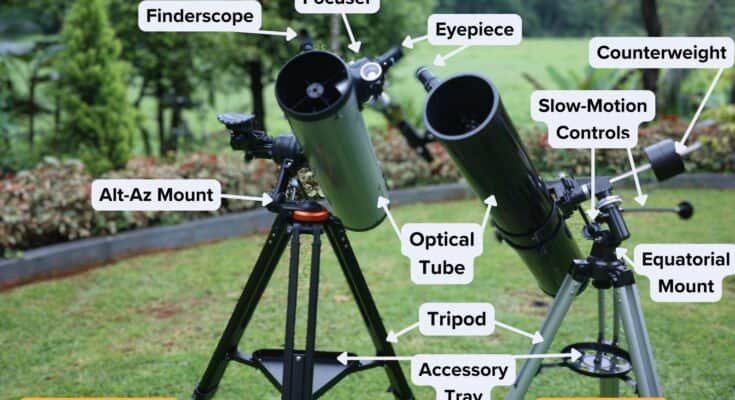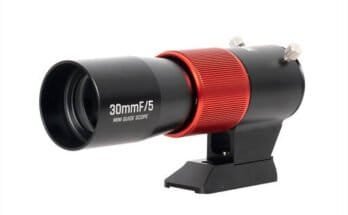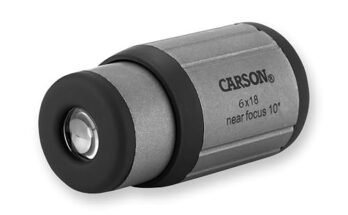If you have ever raised a small scope to your eye and pulled a far scene close, you already know the magic. I have used monoculars on trails, at games, and on docks at dusk. Here is the simple truth: a monocular is a compact telescope you hold in one hand. It gathers light, flips the image upright, and magnifies your view. In this guide, I will break down how a monocular works, part by part, with clear tips you can use today. You will learn the core optics, the specs that matter, and how to pick and use one with confidence while keeping “how does a monocular work?” at the heart of it all.
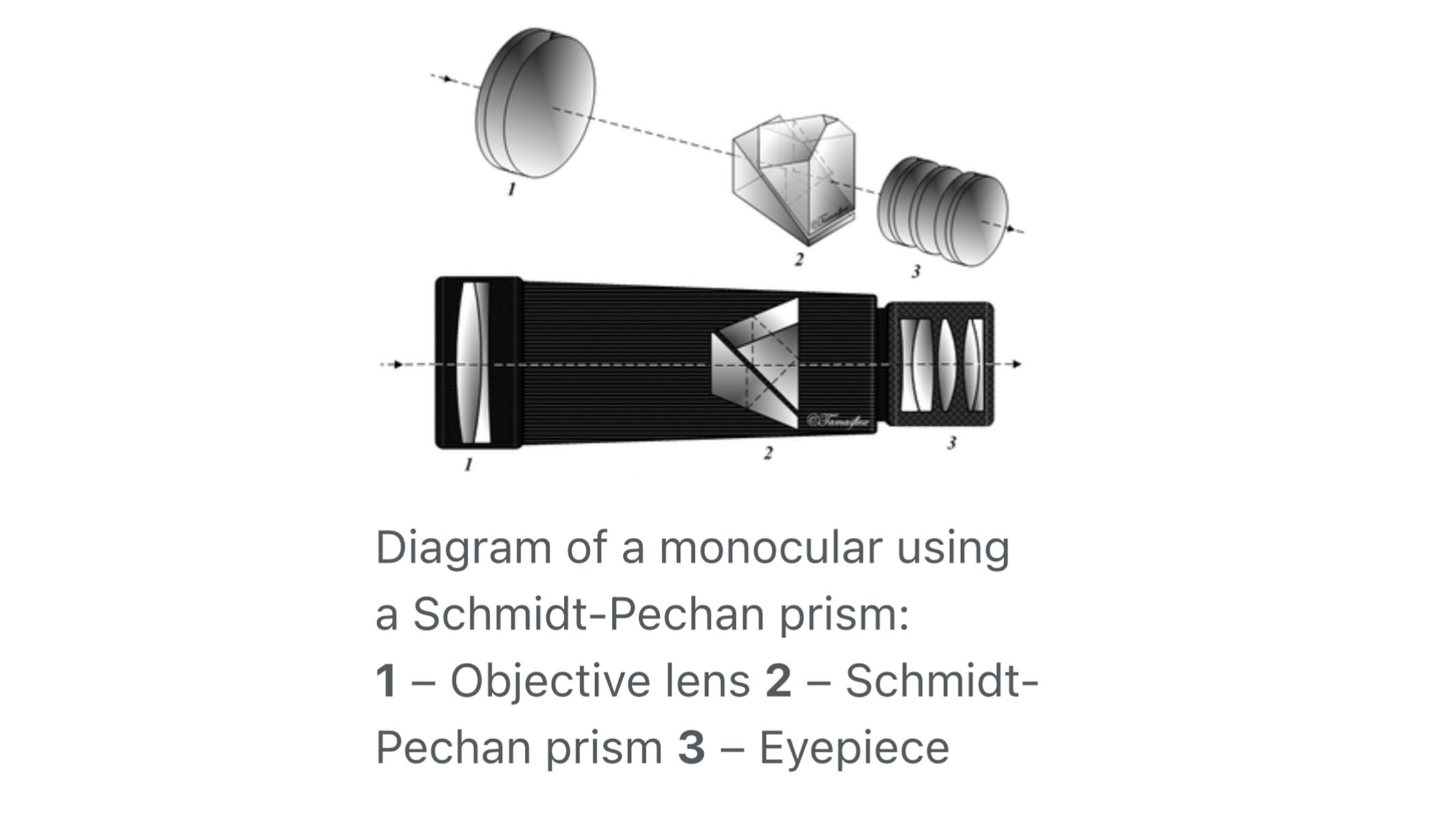
What Is A Monocular?
A monocular is a single-barrel optical device. It uses lenses and prisms to make far objects look near. Think of it as half a pair of binoculars. It trades stereo depth for light weight and speed.
You get three main wins:
- Small size for pockets and packs.
- Quick aim with one eye.
- Lower cost for good glass.
Monoculars help hikers, birders, coaches, anglers, and anyone who wants clear reach in a small tool.
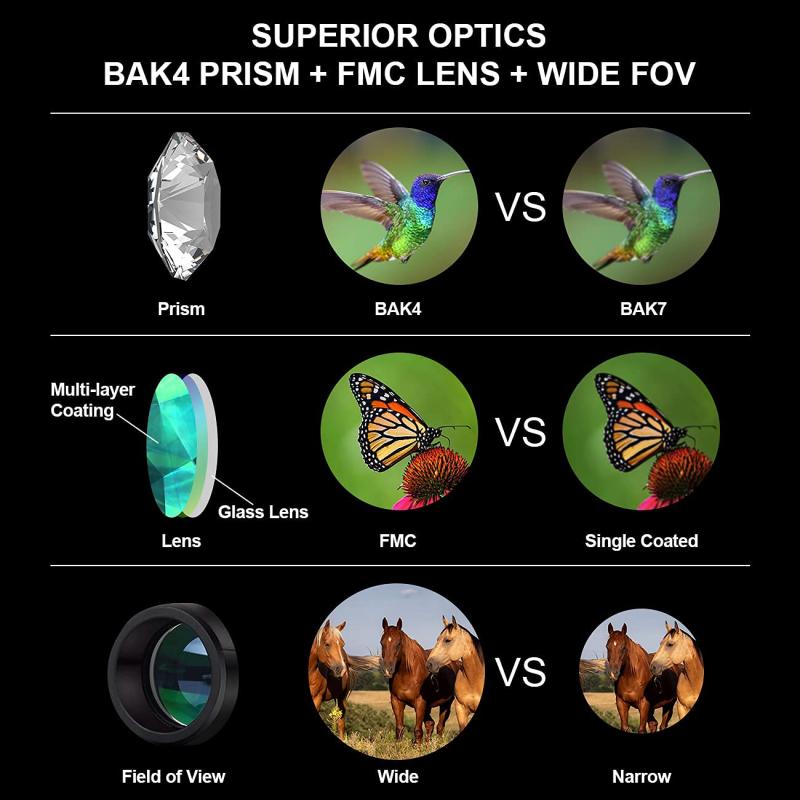
The Core Optics: How Light Travels Through A Monocular
Light enters the front lens, bounces through prisms, and exits through the eyepiece. The path is simple, yet smart.
1) Objective Lens: The Light Collector
– Role: Gathers light and starts the image.
– Bigger objective (e.g., 42 mm) means more light and better low-light detail.
– Trade-off: Bigger objectives add weight.
2) Prisms: Flip And Shorten The Image
– Without prisms, the image would be upside down and mirrored.
– Prisms flip the image upright and fold the light path, so the tube can be short and handy.
3) Eyepiece Lens: The Magnifier
– It enlarges the real image formed by the objective.
– A well-designed eyepiece gives a sharp, flat view with low blur at the edges.
4) Focus System: Sharpness On Demand
– Focus ring or top wheel moves the lenses by a small amount.
– Diopter ring fine-tunes for your eye. Set it once for best clarity.
5) Exit Pupil And Eye Relief: Comfort Matters
– Exit pupil is the bright circle of light you see when you hold the monocular at arm’s length. It equals objective size divided by magnification. A 10×42 has a 4.2 mm exit pupil.
– Eye relief is the distance your eye can sit from the eyepiece and still see the full field. Longer eye relief helps glasses wearers.
Put together, these parts turn faint, far light into a bright, upright, sharp view that fits your eye.
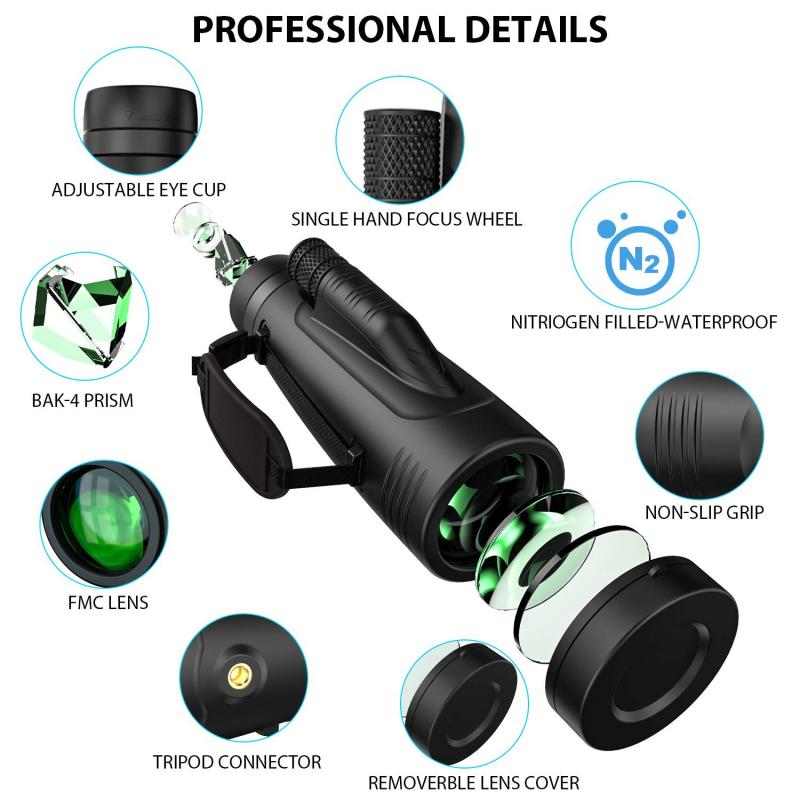
Types Of Monoculars And Prism Systems
Two prism styles rule the market. Each one has a feel and a look.
Porro Prism Monoculars
– Zig-zag shape and wider body.
– Often better depth and a bright, roomy view for the price.
– Good for casual birding and nature walks.
Roof Prism Monoculars
– Straight tube, slim, and durable.
– Often need phase-correct coatings for top sharpness.
– Great for pockets, travel, and tough use.
You may also see low-light and specialty versions:
- Night vision (digital or image intensifier) boosts faint light. Good for stargazing wildlife and safety at night.
- Thermal monoculars sense heat, not visible light. Great for search and rescue or wildlife surveys. These are a different tech path but share the same hand-held aim and focus idea.
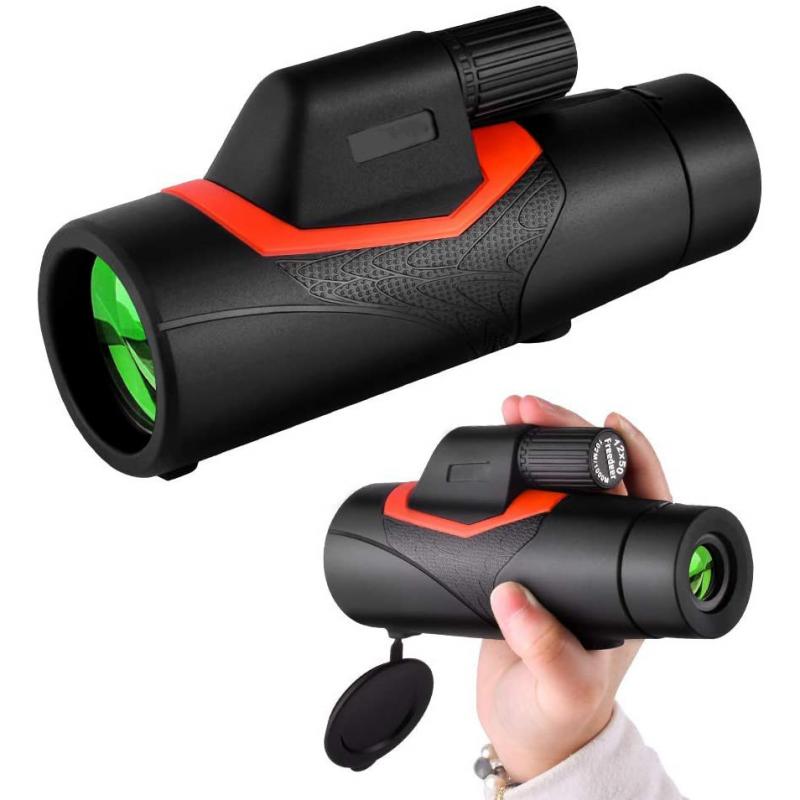
Key Specs Explained: Magnification, Field Of View, And More
Specs can feel like alphabet soup. Here is what matters and why.
- Magnification (e.g., 8x, 10x): How many times closer the subject appears. Higher is not always better. 8x is steady and bright. 10x shows more detail but can shake more.
- Objective diameter (e.g., 25 mm, 42 mm): Bigger lens gathers more light. Great at dawn and dusk. Adds size and weight.
- Field of view (FOV): Width of the scene you can see at a set distance. Wider FOV makes it easy to track birds or players.
- Exit pupil: Objective divided by magnification. Larger exit pupils look brighter in low light and are easier to align with your eye.
- Eye relief: 15 mm or more is friendly for glasses. Twist-up eyecups help set the right distance.
- Close focus: The nearest point you can focus on. Under 6.5 feet is nice for butterflies and plants.
- Lens coatings: Multi-coated or fully multi-coated cuts glare and boosts contrast and color.
- Waterproof and fog-proof: Nitrogen or argon purged with O-ring seals. It keeps the view clear in rain and cold.
- Weight and size: You are more likely to carry it if it feels light in hand.
Pro tip: For a first monocular, a 8×32 or 10×36 hits a sweet spot of reach, light, and size.

Step-By-Step: Using A Monocular Like A Pro
You can master the workflow in a minute.
- Set the eyecup. Twist up if you do not wear glasses. Keep it down if you do.
- Pick a target. Lock your elbow to your chest. This cuts shake.
- Focus. Turn the ring until the image snaps into sharp detail.
- Dial the diopter. Pick a medium-distance target. Close your non-viewing eye. Turn the diopter until the view looks razor sharp. Leave it there.
- Track moving subjects. Use both eyes open to find the subject. Close one eye when you start to focus. With practice, you will keep both eyes open and still center fast.
- Manage light. In harsh sun, shade the eyepiece with your hand or cap brim. At dusk, lean on a tree or railing to reduce shake.
Quick checks:
- If the image looks dark, you may be off the exit pupil. Adjust the eyecup or your eye position.
- If edges blur, re-focus or confirm your diopter setting.
Real-World Examples And Tips From The Field
I once guided a coastal walk with a pocket 8×25. Sea haze made details soft. I learned to brace my wrist on a fence post and to sweep slowly. The view popped into place. On a mountain trail, a 10×36 showed an eagle’s feathers at dusk, but only after I slid the eyecup one click to find the exit pupil sweet spot.
Lessons learned:
- Stability beats raw magnification. A steady 8x often shows more detail than a shaky 12x.
- Ergonomics matter. A grippy focus ring saves time with gloves or wet hands.
- Do a quick lens check. A thumbprint can halve contrast.
- Light rules. At dusk, a larger objective helps. If you hike at sunset a lot, get at least 32 mm.
Mistakes to avoid:
- Chasing the highest power. It adds shake, narrows FOV, and dims the view.
- Ignoring eye relief. If you wear glasses, test fit before you buy.
- Skipping coatings and weather seals. They pay off in real-world clarity and reliability.
Care, Maintenance, And Common Issues
Good care keeps your monocular sharp for years.
- Cleaning: Blow off dust first. Use a soft brush or air bulb. Then a lens wipe with a drop of lens cleaner. Wipe in gentle circles.
- Storage: Use a case. Keep it dry. Do not leave it on a car dashboard in heat.
- Seals: If it fogs inside, seals may be bad. Seek service from the maker.
- Focus ring: If it feels gritty, a light blow to remove grit can help. Do not add oil.
- Strap and grip: Use a wrist lanyard near water or cliffs.
Common issues and fixes:
- Black crescents in view: Your eye is off-axis. Center your eye behind the eyepiece.
- Persistent blur: Re-check diopter. Try a high-contrast target like a street sign.
- Glare and ghosting: Cup your hand as a shade. Clean the front lens. High-angle sun can cause internal reflections even in good glass.
How A Monocular Compares To Binoculars And Spotting Scopes
Each tool has a best use case. Pick based on what you do most.
Monocular vs binoculars:
- Monocular: Lighter, cheaper, fast to deploy. Best for quick looks, hikes, travel.
- Binoculars: Two-eye comfort and depth. Better for long glassing sessions and tracking birds.
Monocular vs spotting scope:
- Monocular: Pocket or palm-size, up to about 12x.
- Spotter: Tripod-ready, big objective, 15–60x zoom. Heavy but great for long-range detail.
If you value small size and speed, pick a monocular. If you sit and scan for hours, pick binoculars or a spotter.
Frequently Asked Questions of How does a monocular work?
How does a monocular work in simple terms?
Light enters the front lens, travels through prisms that flip the image upright, and exits the eyepiece magnified. You focus by moving lenses a small amount until the image is sharp.
What is better, 8x or 10x?
8x is steadier and brighter with a wider field. 10x shows more detail but is harder to hold still. If you are new, start with 8x.
Can I use a monocular with glasses?
Yes. Look for at least 15 mm of eye relief and use the eyecup in the down position. Test fit if you can.
Why is my image dark or hard to align?
You may be off the exit pupil. Adjust the eyecup and center your eye. A larger exit pupil, like 4 mm or more, is easier to use in low light.
Are roof prisms better than Porro prisms?
Neither is “better” in all cases. Roof prisms are slim and tough. Porro prisms often give a bright, wide view for the price. Pick based on use and budget.
Do coatings really matter?
Yes. Good multi-coatings reduce glare and boost contrast and color. They make a visible difference in backlit scenes and at dusk.
Can a monocular be used for stargazing?
It can, within limits. A 8×32 or 10×42 shows the moon and large star clusters. For planets or faint nebulae, you need a larger telescope.
Conclusion
A monocular works by gathering light with an objective lens, flipping the image with prisms, and enlarging it through an eyepiece. When you match magnification, objective size, coatings, and eye relief to your needs, you get a bright, steady view in a device you will actually carry. Start with an 8x or 10x model, set your diopter, and practice steady holds. You will see more on every walk, game, or trip.
Ready to go deeper? Explore more guides, subscribe for new tips, or drop a question in the comments so I can help you pick the right monocular.
